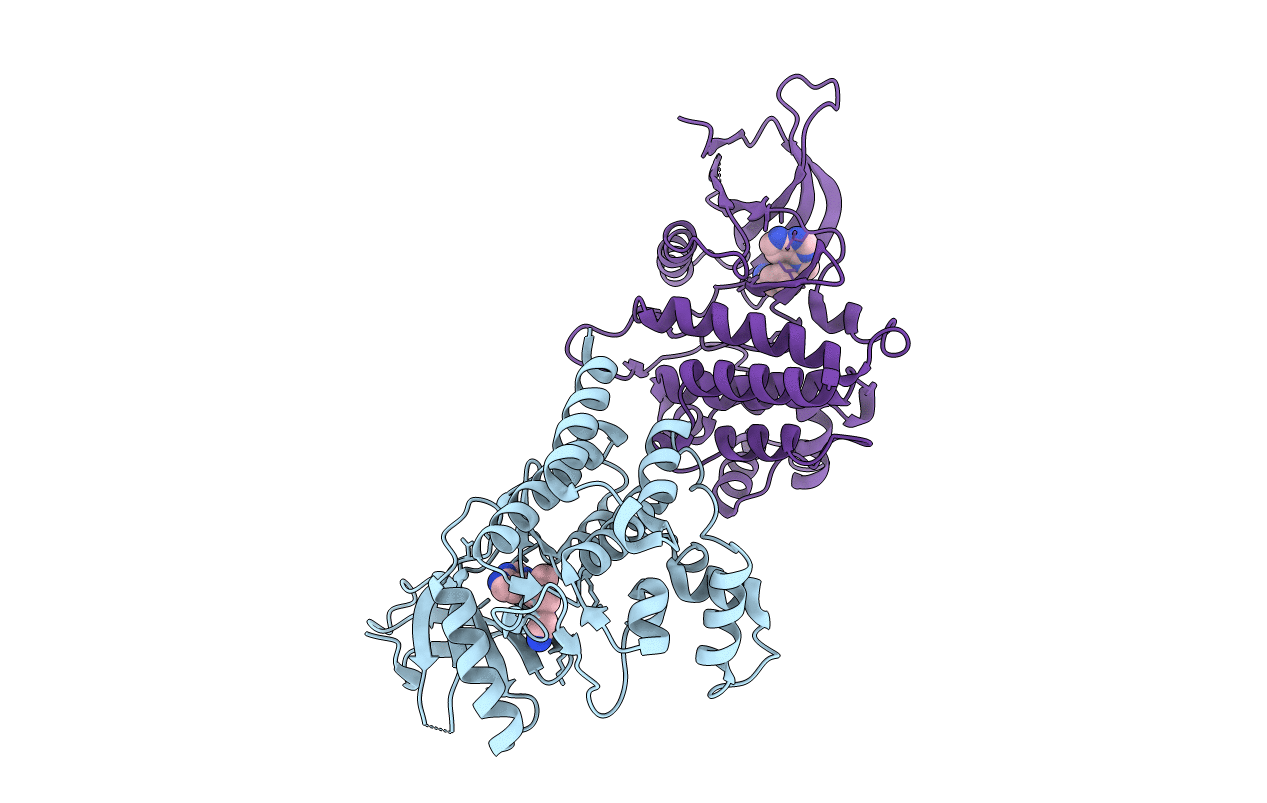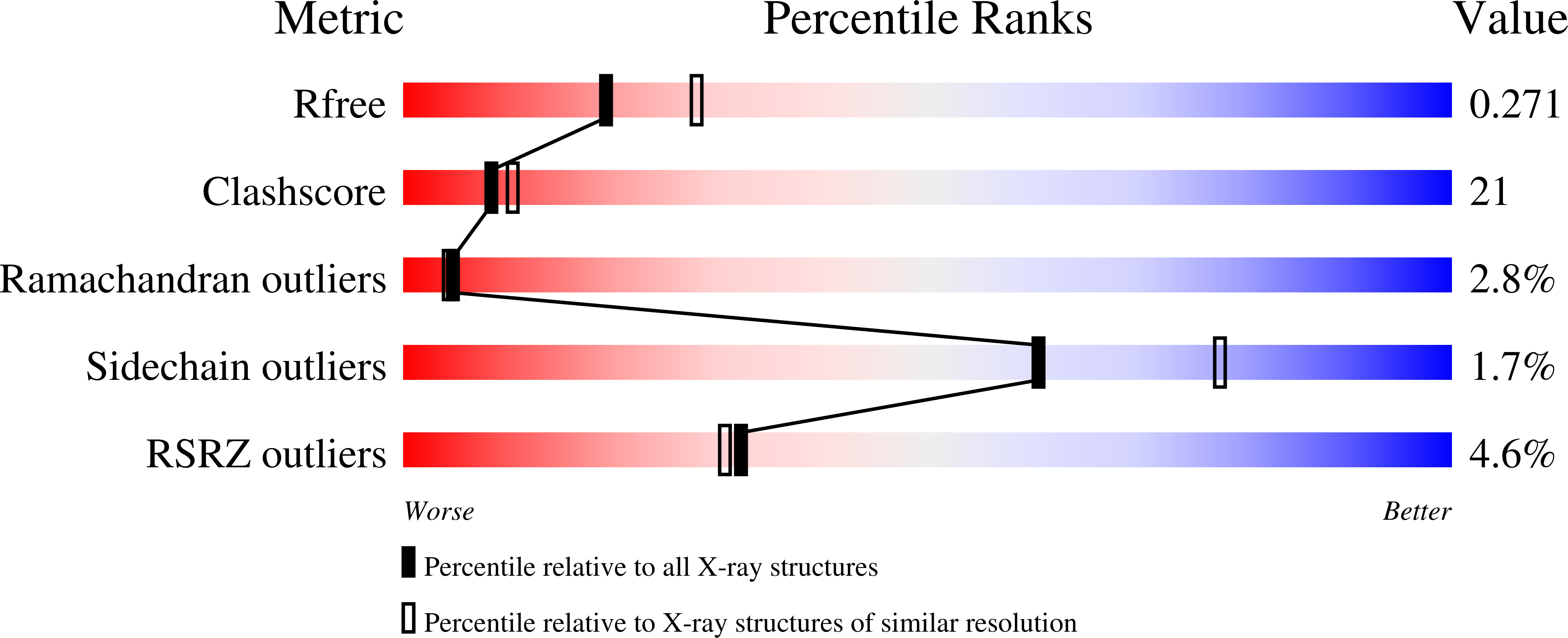
Deposition Date
2009-01-14
Release Date
2009-02-10
Last Version Date
2024-11-27
Method Details:
Experimental Method:
Resolution:
2.40 Å
R-Value Free:
0.24
R-Value Work:
0.17
R-Value Observed:
0.18
Space Group:
P 41


